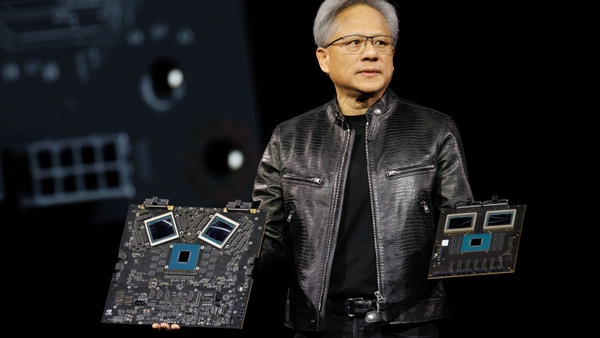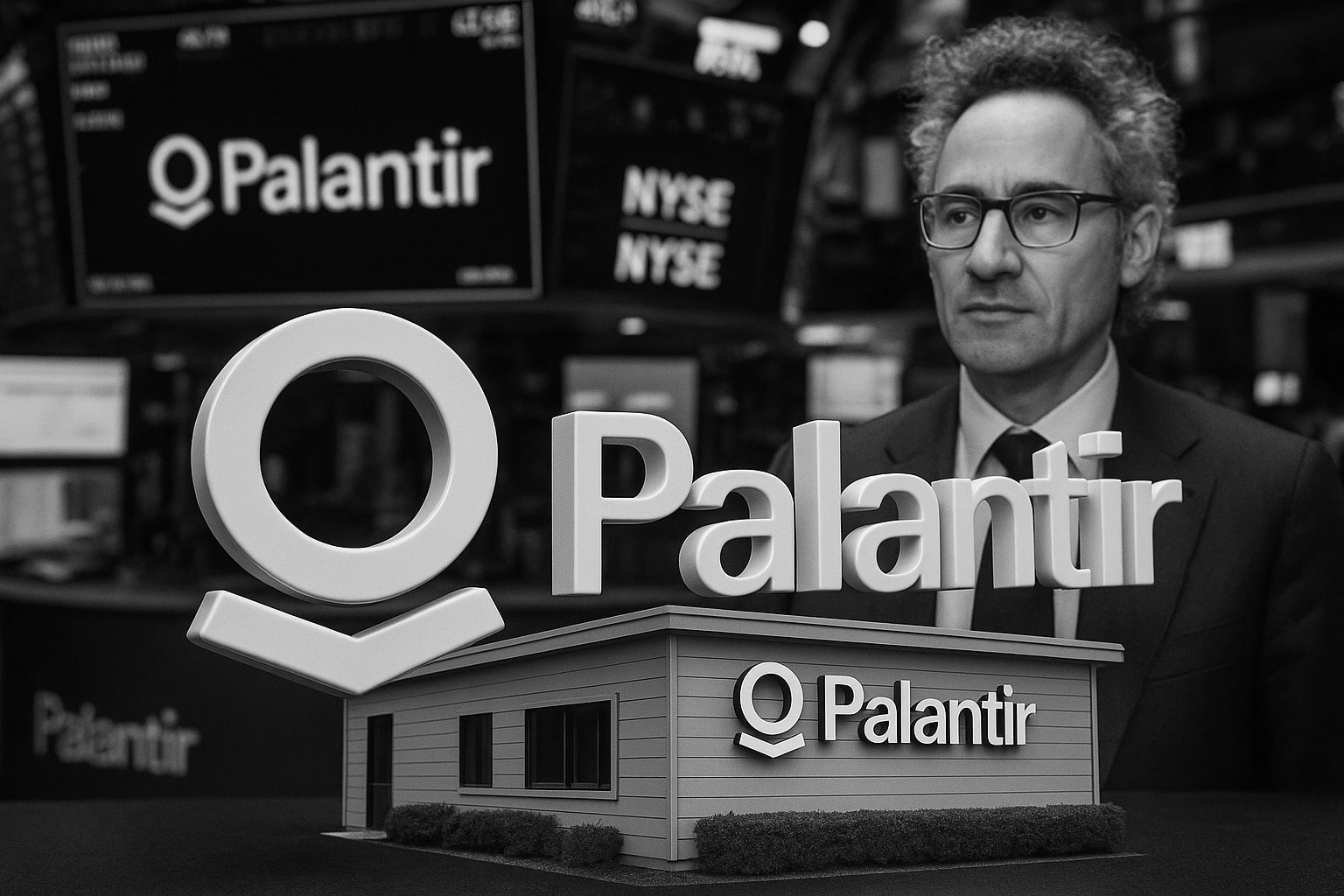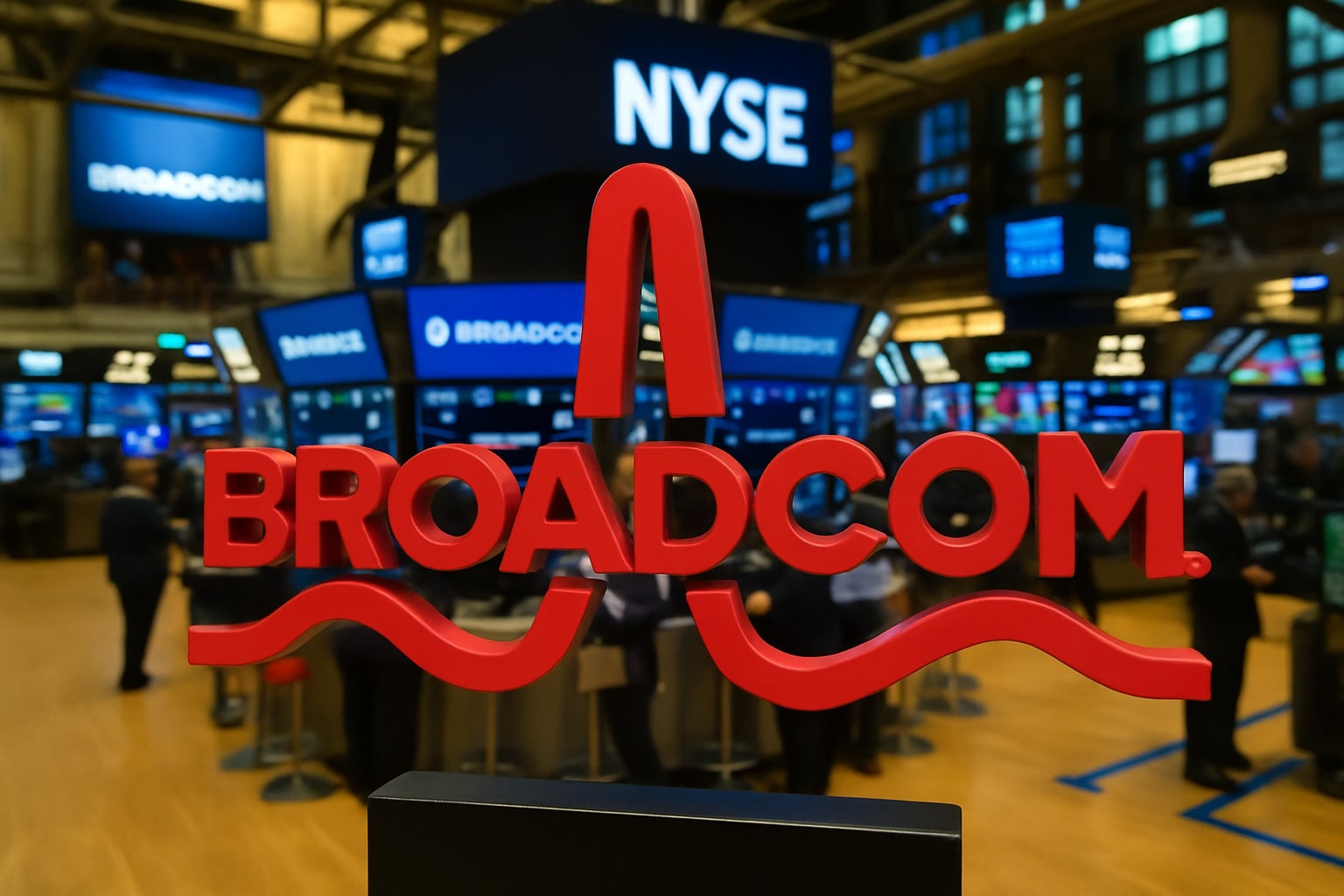
Micron Technology Stock Reclaims Life at $70.25 with Robust AI Memory Demand and Tariff Relief Boosting Confidence—Is NASDAQ:MU Ready to Rally Further?
After finding support near $60, MU’s bounce to $70.25 follows record data center DRAM sales and fully booked HBM for 2025, setting the stage for a challenge of the next resistance at $75 | That's TradingNEWS
Technical Foundation Under NASDAQ:MU
Micron shares have just rebounded off a support zone around $60, where the stock has tested and held a decade-long trend line that stretches back to late 2010. After tumbling from a June 2024 peak near $160, NASDAQ:MU found buying interest as it approached that multi-year slope. On April 7, MU traded as low as $59.80 before launching a sustained recovery that has brought the stock back above $70. A retest of the trend line on Monday saw MU kiss $61.20 and bounce sharply, reinforcing the view that long-term technical buyers remain in control at these levels. Intraday swings of 8 percent in recent weeks suggest heightened volatility, but also increasingly favorable risk/reward for disciplined entries. For a live chart, see Trading News’ real-time MU quote.
Tariffs and Manufacturing Footprint
Micron’s global fabrication network spans the United States, Taiwan, Singapore, Japan, Malaysia, China and India, but China represents less than 10 percent of its long-lived assets, according to the company’s latest 10-K. That low concentration helped MU sidestep the brunt of the 125 percent and 145 percent tariffs imposed by Washington and Beijing amid the US-China trade dispute. CEO Sanjay Mehrotra confirmed on the Q3 earnings call that only a limited volume of components imported into the US face those most onerous levies. And incoming sector-wide semiconductor tariffs—expected to be capped near 25 percent—fall within the planning parameters for Micron’s fiscal 2025 capital expenditures of $14 billion. The CFO reiterated that guidance “does not include any further tariff assumptions,” underscoring management’s belief that most input costs can be passed through to customers or absorbed within existing ASP cushions.
AI Data Center Demand and HBM Momentum
The surge in artificial-intelligence infrastructure is Micron’s strongest secular catalyst. Data center DRAM revenues reached a record $1.05 billion in fiscal Q3, up more than 50 percent from Q2, and management reported that all HBM output for calendar 2025 is already spoken for under long-term contracts. SK hynix, Micron’s largest HBM competitor, affirmed on April 24 that its HBM sales are set to nearly double in 2025 versus last year, reinforcing the belief that AI chipmakers will absorb every available wafer. Google’s recent disclosure of a $75 billion capex plan for data centers and servers further validates the TAM expansion. Micron’s Idaho fab, bolstered by a $900 million CHIPS Act grant, is on track to begin HBM production in fiscal Q1 2027, with Singapore advanced-packaging capacity coming online later that year. Silicon photonics, a nascent line of business, saw a first quarter uptick in design-win commitments from hyperscalers, hinting at diversified data-path revenue streams beyond memory alone.
Insider Activity and Margin Squeeze
Not all signals are bullish. Over the past two months, four senior executives have disclosed sizeable share sales, with total insider dispositions exceeding 500,000 shares. That level of offloading stands in sharp contrast to zero insider buys year-to-date. Meanwhile, NAND flash oversupply has driven gross margins down from 42 percent in Q2 to a guided 36.5 percent in Q4, beneath the Street’s 36.9 percent estimate. Underutilization of NAND fabs in Japan and Malaysia forced management to throttle bit-growth targets for 2025, raising concerns that spending on new lithography could weigh on operating leverage until utilization re-normalizes. A widening spread between module ASPs and chip cost OPEX suggests margin pressure could persist through H1, despite the buoyancy of DRAM pricing.
Valuation Metrics Versus Peers
At today’s $70 stock price, MU trades at 8.5 times fiscal 2025 consensus free-cash-flow estimates, in line with its five-year average but well below SK hynix’s 11.2 times and Samsung Electronics’ 12 times FCF multiple. Price-to-earnings of 12.3 for MU compares with 21.5 for Samsung and 17.8 for SK, reflecting the market’s discount for cyclical earnings volatility. On a P/S basis, MU sits at 1.8, versus 2.6 for its South Korean peers—an indication that Micron’s U.S. domicile carries a modest geographic premium, but the stock remains attractively priced relative to expected data-center revenue growth of 25 percent CAGR through 2027.
Cyclical Analysis and Forward-Looking Sentiment
Micron’s bear-and-bull phases have historically preceded and outpaced operating inflections by roughly three to six months. In 2016, MU bottomed near $10 in June—six months before the company exited a deep negative-revenue cycle—and rallied 400 percent into the November 2017 peak. Similarly, the August 2023 trough at $50 pre-dated a two-quarter rebound in revenue growth from zero to 62 percent year-over-year. One can argue that markets discount forward earnings prospects more than current results—hence trading nine months ahead of guidance and well ahead of CHIPS-driven capacity expansions. The April 9 “pivot” moment, when tariff fears eased, set the stage for MU’s near-term technical bottom, in line with historical patterns of consumer-tech cycles turning before end-market troughs arrive.
Near-Term Catalysts and Risks
The next catalysts include the May 2 meeting of the Federal Reserve, where rate-cut expectations could bolster multiple expansion in semis, and the May 15 sectoral tariff deadline, which could ratify the administration’s final rate—likely 25 percent. On the demand side, Google’s next earnings (May 7) and Microsoft’s data-center update (May 14) will either confirm or temper AI-spend trajectories. A June 5 OPEC+ decision hinting at lower oil prices could dampen capex across cloud-infrastructure providers, indirectly pressuring memory budgets. On the supply front, a planned 10 percent wafer cut from Samsung’s Xi’an NAND lines could help rebalance NAND ASP dynamics, but delayed throughput in Micron’s Idaho and Singapore remains a headwind until 2027.
Final Recommendation
After weighing limited tariff exposure, AI-driven HBM demand, decade-long technical support, but also accounting for insider selling and margin compression, NASDAQ:MU merits a Hold rating. For traders, a close sustained above $75 would validate renewed accumulation, signaling a tactical Buy. Should MU breach below $60 on renewed tariff or supply-chain concerns, a Sell or reduction in position size is prudent to defend gains realized since April’s lows.
That's TradingNEWS
Read More
-
GPIQ ETF Rises on 10% Yield and AI Boom as Investors Brace for Tech Volatility
14.10.2025 · TradingNEWS ArchiveStocks
-
Ripple (XRP-USD) Stabilizes at $2.51 as Whales Buy $5.5B and ETF Outflows Shake Crypto
14.10.2025 · TradingNEWS ArchiveCrypto
-
Natural Gas Price Forecast - NG=F Falls to $3.07 as Supply Glut and Weak Heating Outlook Hit Demand
14.10.2025 · TradingNEWS ArchiveCommodities
-
USD/JPY Price Forecast - Dollar to Yen Slides to 151.80 as Trade Tensions Boost Yen Strength
14.10.2025 · TradingNEWS ArchiveForex


















